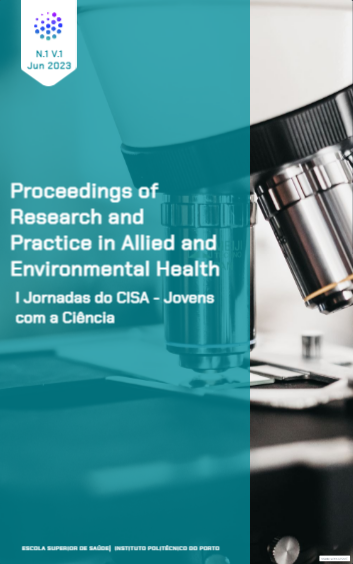Abstract
Background: Quercetin, a phenolic compound, has been attracting a growing interest from the scientific community due to its health benefits (i.e. antioxidant, anti-inflammatory, and cardiovascular protection), and may become useful in the prevention and/or treatment of several diseases. Nevertheless, its pharmaceutical industry application is limited, due to its physicochemical characteristics, such as bioavailability [1,2]. However, there are several methodologies to overcome this constraint, such as nanotechnology, which as numerous advantages [2]. Objective: The main aim of this study was the development of quercetin-loaded polymeric nanoparticles for skin application. Methods: Quercetin-loaded polycaprolactone (PCL) nanoparticles formulation were prepared using the nanoprecipitation method. Several proportion of PCL:quercetin (PCL:QUE) were studied. Nanoparticles were characterized regarding size, polydispersity index, zeta potential, association efficiency, and loading capacity In vitro assays were conducted to evaluate the effect of nanoparticles on HaCaT cells. To evaluate the effect of nanoparticles in cell viability MTT assay were used. For nanoparticles protective effect, a pre-incubation regimen was applied to determine cell viability. Results: Among all tested PCL:QUE rations, an average size of 240 nm, with a polydispersity index around 0.240, and a zeta potential of about -24 mV were obtained. The association efficiency was about 40%. The proportion with a PCL:QUE ratio of 1:0.07 showed the best combination of characteristics and, consequently, the highest stability, and was selected for further testing. Cell proliferation determined by MTT assay after 24 hours reveal that at high concentrations, PCL:QUE nanoparticles were more effective in terms of cell proliferation than free quercetin (100 μg/mL; p < 0.001). Regarding pre-incubation regimen the same relation was observed (100 μg/mL; p < 0.001). Conclusions: The produced nanoparticles showed a good characteristic correlation and appeared to be stable. A protective effect and cell proliferation induction on HaCaT cells were observed when compared the highest concentrations tested for nanoparticles with the isolated compound.
References
D’Andrea G. Quercetin: a flavonol with multifaceted therapeutic applications? Fitoterapia. 2015; 106:256–271.
Hussain Y, Mirzaei S, Ashrafizadeh M, Zarrabi A, Hushmandi K, Khan H, Daglia M. Quercetin and its nano-scale delivery systems in prostate cancer therapy: paving the way for cancer elimination and reversing chemoresistance. Cancers. 2021; 13:1602.

This work is licensed under a Creative Commons Attribution-NonCommercial-NoDerivatives 4.0 International License.
Copyright (c) 2023 Daniel Carvalho, Cláudia Pinho, Fernando Moreira, Ana Isabel Oliveira

